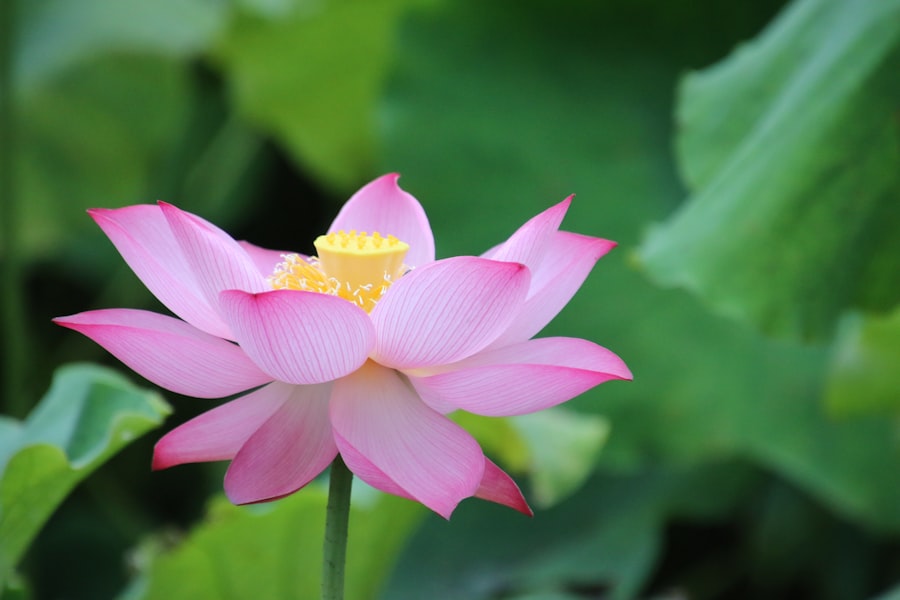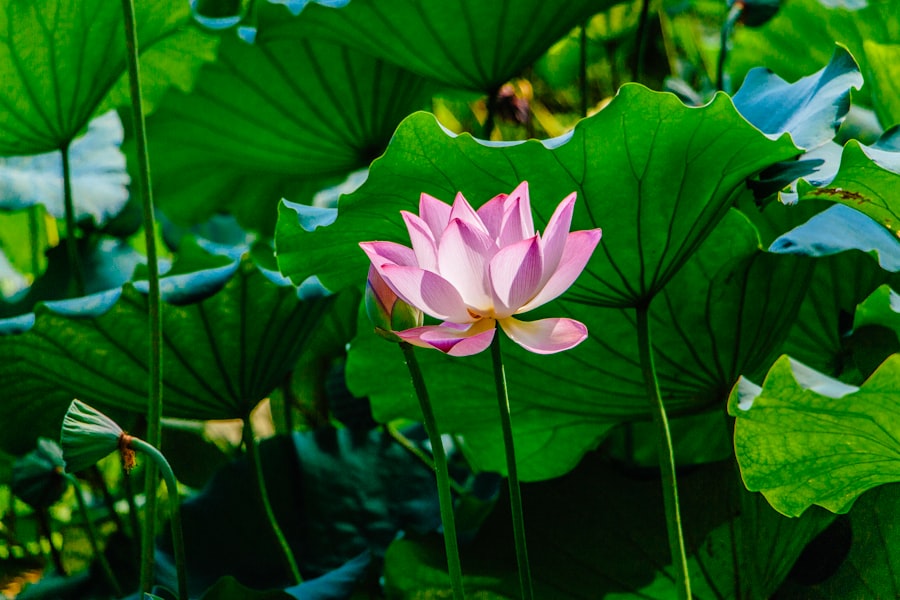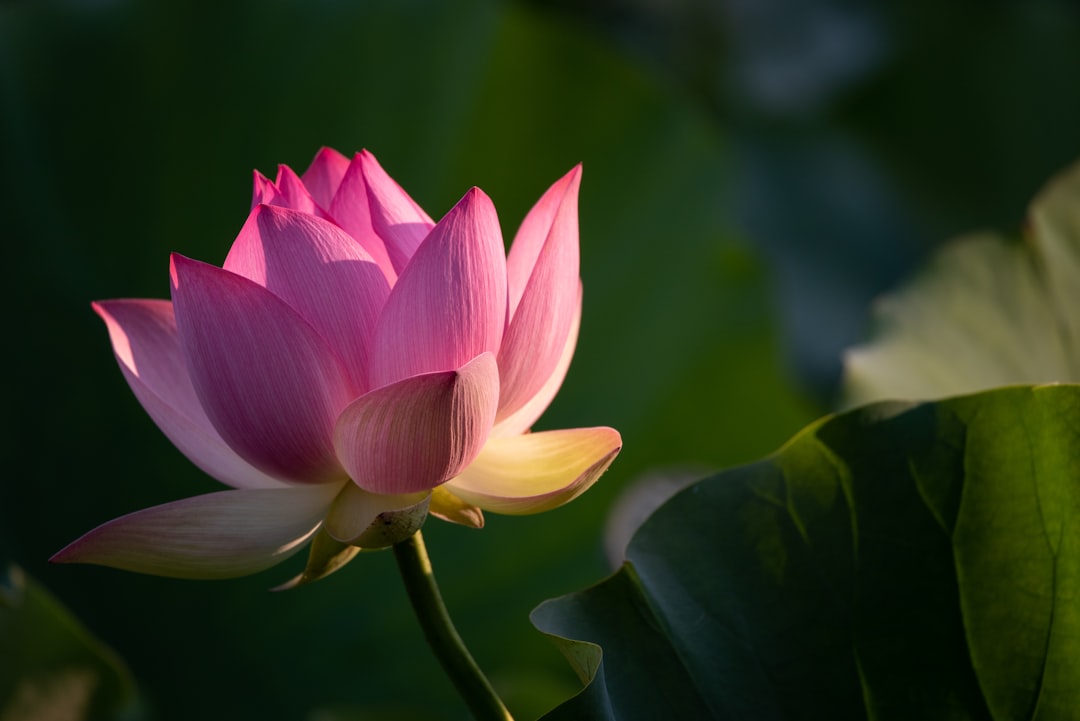Iconography serves as a vital lens through which the spiritual and philosophical tenets of various religious traditions can be understood. In the context of Indian religions, particularly Buddhism, Jainism, and Brahmanism, iconography transcends mere artistic expression; it encapsulates complex narratives, ethical teachings, and metaphysical concepts. Each tradition employs a distinct set of symbols, forms, and motifs that reflect its unique worldview while also engaging in a dialogue with the others.
The visual language of these religions is not only a means of worship but also a vehicle for conveying profound spiritual truths. The art of iconography in these traditions is deeply rooted in their historical contexts and cultural environments. For instance, the emergence of Buddhist art can be traced back to the 3rd century BCE, coinciding with the reign of Emperor Ashoka, who played a pivotal role in spreading Buddhism across the Indian subcontinent.
Jain art, on the other hand, flourished in response to the teachings of Mahavira and the Tirthankaras, emphasizing non-violence and asceticism. Brahmanical art, which encompasses Hinduism and its myriad deities, reflects a rich tapestry of mythological narratives and philosophical concepts. The interplay between these traditions has led to a dynamic evolution of iconographic practices, resulting in a rich visual heritage that continues to inspire and inform contemporary spiritual expressions.
Key Takeaways
- Iconography in Buddhist, Jain, and Brahmanical art is a rich and complex subject that reflects the spiritual and philosophical beliefs of these ancient traditions.
- Buddhist iconography is filled with symbolism and meaning, with each aspect of a deity’s appearance representing a specific aspect of enlightenment and spiritual attainment.
- Jain art often depicts Tirthankaras, or spiritual teachers, with intricate symbolism that reflects their virtues and teachings, such as the lotus representing purity and detachment.
- Brahmanical art showcases a diverse range of deities, each with their own unique iconography that reflects their powers, attributes, and roles in the Hindu pantheon.
- The iconography of these three traditions has influenced and interacted with each other over time, leading to the evolution of artistic representations and the sharing of symbolic elements.
Symbolism and Meaning in Buddhist Iconography
Buddhist iconography is characterized by a rich array of symbols that convey the core teachings of Buddhism. The most recognizable figure is the Buddha himself, often depicted in various mudras or hand gestures that signify different aspects of his teachings. For example, the Dhyana Mudra represents meditation and inner peace, while the Abhaya Mudra symbolizes fearlessness and protection.
Each posture and gesture is imbued with meaning, serving as a visual shorthand for complex philosophical ideas. In addition to the Buddha, various symbols such as the lotus flower, the wheel of dharma (Dharmachakra), and the stupa play significant roles in Buddhist iconography. The lotus flower, which rises from muddy waters to bloom in purity, symbolizes spiritual awakening and enlightenment.
The wheel of dharma represents the teachings of the Buddha and the path to liberation from suffering. The stupa, often a dome-shaped structure containing relics, serves as a focal point for meditation and veneration. These symbols are not merely decorative; they encapsulate the essence of Buddhist philosophy and serve as reminders of the path toward enlightenment.
Depictions of Tirthankaras and Symbolism in Jain Art

Jain art is distinguished by its depictions of Tirthankaras—spiritual teachers who have attained liberation and serve as guides for others on the path to enlightenment. The Tirthankaras are often portrayed in a highly stylized manner, with specific iconographic features that denote their status. For instance, Mahavira, the 24th Tirthankara, is typically depicted with a serene expression, standing or sitting in a meditative posture.
His iconography often includes a lion emblem, symbolizing strength and courage in overcoming obstacles. The symbolism in Jain art extends beyond individual Tirthankaras to encompass broader themes of non-violence (ahimsa) and asceticism. Jain sculptures frequently feature intricate carvings that depict scenes from the lives of Tirthankaras, illustrating their teachings and moral principles.
The use of specific colors also carries significance; for example, white is often associated with purity and spiritual enlightenment.
Iconography and Deity Representation in Brahmanical Art
Brahmanical art is characterized by its diverse representations of deities from the Hindu pantheon, each embodying various aspects of existence and cosmic principles. The iconography of Hindu deities is rich with symbolism that conveys their attributes, powers, and roles within the universe. For instance, Vishnu is often depicted with blue skin, symbolizing his infinite nature, while his four arms hold symbolic objects: a conch shell (representing sound), a discus (representing time), a mace (representing strength), and a lotus (representing purity).
Each element serves to communicate specific qualities associated with Vishnu’s divine nature. Shiva’s iconography is equally complex; he is frequently depicted with ash smeared on his body, symbolizing his transcendence over material existence. His third eye represents wisdom and insight beyond ordinary perception.
The presence of Nandi, his bull mount, signifies strength and loyalty. Additionally, goddesses such as Durga and Kali are portrayed with fierce expressions and multiple arms wielding weapons, symbolizing their power to vanquish evil forces. The intricate details in Brahmanical art not only serve aesthetic purposes but also function as visual narratives that convey moral lessons and spiritual truths central to Hindu belief systems.
Influence and Interactions between Buddhist, Jain, and Brahmanical Iconography
The interactions between Buddhist, Jain, and Brahmanical iconography reveal a fascinating tapestry of cultural exchange and mutual influence throughout history. As these religious traditions coexisted in India, they often borrowed elements from one another while maintaining their distinct identities. For instance, certain motifs such as the lotus flower appear across all three traditions but are imbued with different meanings depending on the context.
In Buddhism, it symbolizes enlightenment; in Jainism, it represents purity; while in Brahmanical art, it signifies divine beauty. Moreover, historical events such as royal patronage played a significant role in shaping these interactions. During periods when one religion was favored by rulers—such as Ashoka’s promotion of Buddhism—artistic styles associated with that tradition often influenced local artistic practices across religious boundaries.
This cross-pollination can be seen in architectural styles as well; stupas may incorporate elements reminiscent of Hindu temple architecture or vice versa. Such exchanges not only enriched the visual language of each tradition but also fostered an environment where philosophical ideas could be shared and debated.
Evolution of Iconography in Buddhist, Jain, and Brahmanical Art

The evolution of iconography within Buddhist, Jain, and Brahmanical art reflects broader socio-political changes as well as shifts in religious thought over centuries. In early Buddhist art, for example, representations of the Buddha were largely aniconic—symbolized through footprints or stupas—reflecting an aversion to depicting divine figures directly. However, by the 1st century CE, anthropomorphic representations became prevalent as Buddhism spread into regions like Gandhara and Mathura.
This shift marked a significant transformation in how divinity was visualized and engaged with by devotees. Similarly, Jain art evolved from simple representations to highly detailed sculptures that captured intricate narratives from Tirthankara lives.
Brahmanical art also underwent significant changes; during the Gupta period (approximately 4th to 6th centuries CE), there was a notable refinement in sculptural techniques that allowed for more expressive forms and dynamic compositions. This period is often regarded as a golden age for Hindu art due to its emphasis on both aesthetic beauty and spiritual depth. As these traditions continue to evolve today, contemporary artists draw upon traditional iconographic elements while infusing them with modern interpretations that resonate with current audiences.
This ongoing dialogue between past and present ensures that the rich heritage of Buddhist, Jain, and Brahmanical iconography remains vibrant and relevant in contemporary spiritual practices.
Iconography Across Buddhist, Jain, and Brahmanical Art explores the symbolism and visual representations found in these ancient religious traditions. For a deeper understanding of the logical appraisal and reasoning behind these artistic choices, readers may find the article Understanding Logical Appraisal: Inconsistency and Reasoning to be a valuable resource. This article delves into the importance of logical thinking in various contexts, shedding light on how it may have influenced the iconography seen in Buddhist, Jain, and Brahmanical art.
FAQs
What is iconography in the context of Buddhist, Jain, and Brahmanical art?
Iconography refers to the study and interpretation of the visual images and symbols used in religious art. In the context of Buddhist, Jain, and Brahmanical art, iconography involves the analysis of the specific representations of deities, symbols, and narratives depicted in sculptures, paintings, and other artistic forms.
What are some common themes and symbols found in Buddhist, Jain, and Brahmanical art?
Common themes and symbols found in Buddhist, Jain, and Brahmanical art include representations of deities, such as Buddha, Mahavira, and various Hindu gods and goddesses. Other common symbols include lotus flowers, the wheel of dharma, the swastika, and various mudras (hand gestures) that hold specific meanings within each tradition.
How does iconography differ across Buddhist, Jain, and Brahmanical art?
While there are some shared themes and symbols, the specific iconography differs across Buddhist, Jain, and Brahmanical art due to the distinct theological beliefs and practices of each tradition. For example, the depiction of Buddha in Buddhist art differs from the representations of Hindu deities in Brahmanical art, reflecting the unique teachings and narratives of each tradition.
What is the significance of iconography in Buddhist, Jain, and Brahmanical art?
Iconography plays a crucial role in conveying the religious and philosophical concepts of Buddhism, Jainism, and Hinduism. The specific symbols and representations used in art serve as visual aids for meditation, devotion, and the transmission of religious teachings. Additionally, iconography helps to establish a visual language that communicates the core beliefs and narratives of each tradition.






















+ There are no comments
Add yours